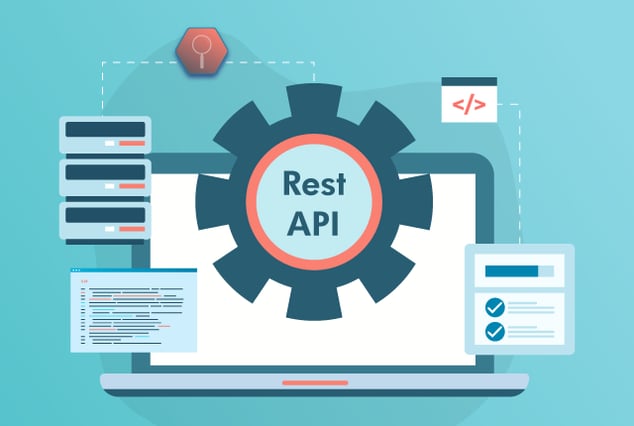
It’s widely known that thorough API testing results in a high-quality final product. One question that lingers for many product companies, however, has to do with timing -- when should API testing be introduced? For many top QA teams, the answer aligns with the increasingly popular Agile methodology. For a strong, robust product, API testing is best performed in parallel with development.
Doing so ensures that API endpoints are thoroughly tested before customers begin using the application. The benefit is huge -- not only does consistent, continuous API testing help in creating a product your customers love, but it also saves the time and money that you would waste finding and fixing bugs at the last minute before a release.
Let’s look at a few other key reasons to weave API testing throughout the software development life cycle.
Start with development
Does your dev team practice continuous integration and continuous deployment? If so, they should be incorporating API testing into their approach from the very beginning. This is hugely beneficial, because when the API is tested at this early stage, progress is stopped and the bug is fixed before additional work is done. This prevents any last-minute showstoppers from sneaking by and ruining a release.
Introducing API testing early on can also help your team write strategic, effective test cases. With more time and a better understanding of the API endpoints, your functional testing services provider can make tests stronger and more comprehensive. The end result? A rock-solid product that will have fewer issues down the road.
Cover every base for software failure
Implementing API testing early on helps engineers test the product more thoroughly. It can help check multi-threading, performance (high API response time), improper errors, caller warnings, and other reliability issues. Learn more about some of the common questions surrounding API testing.
Deliver quick, fast results
API testing helps you quickly test small, detailed parts of the product that integrate with each other. As some of these integrations would be difficult to test in isolation, this is a big advantage of API testing. APIs bypass the GUI, allowing you to test the code directly, resulting in faster, more reliable tests than can be conducted on the front end.
Get a lot of mileage out of the tests
API tests are enduring, and they can be used and reused by many different teams. Dev and QA can use them during the building phase, then they can be passed to DevOps so they can monitor the use cases against the tests. When tests are used across the development lifecycle, teams collaborate more effectively and build a more comprehensive and accurate testing canon.
Looking for more information about API testing and how it can positively impact your team?
Click the button to grab your free guide below!



